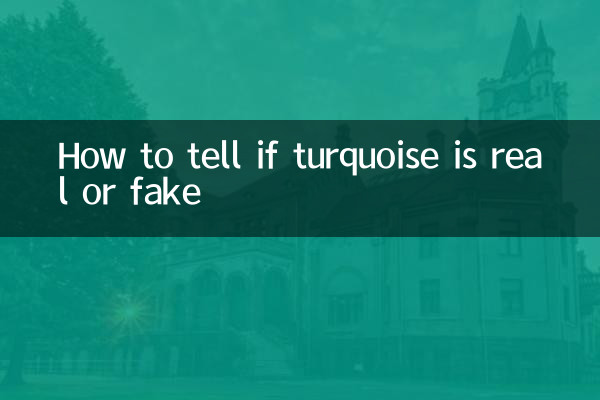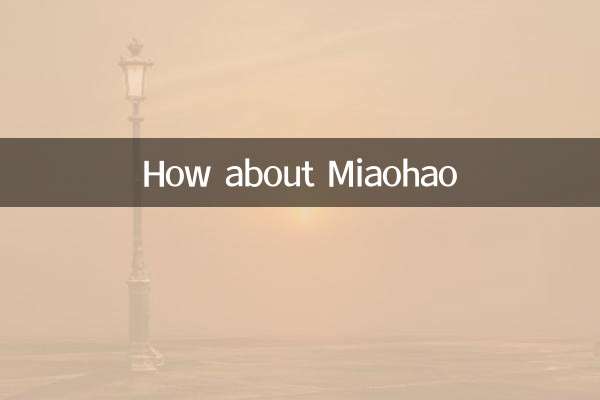How to tell if turquoise is real or fake
As a precious gemstone, turquoise has become highly sought after in the market in recent years. However, as demand increases, fake and shoddy products emerge one after another. This article will combine the hot topics and hot content on the Internet in the past 10 days to introduce you in detail how to identify the authenticity of turquoise, and provide structured data for reference.
1. Basic characteristics of turquoise

Turquoise is a hydrated copper-aluminum phosphate mineral that ranges in color from light blue to dark green, often with a distinctive web-like texture. Real turquoise has the following characteristics:
| feature | describe |
|---|---|
| color | The color of natural turquoise is uneven and often changes in shades. |
| hardness | Mohs hardness 5-6, can be scratched by a knife |
| luster | waxy to glassy luster |
| texture | Common spiderweb or patchy texture |
2. Common methods of counterfeiting
According to recent market surveys, common turquoise counterfeiting methods include:
| Counterfeit type | Identification method |
|---|---|
| Dyeing treatment | The color is too uniform and may fade when wiped with alcohol. |
| plastic imitation | Light weight, smells plastic in hot pin test |
| synthetic turquoise | Texture is too regular and lacks natural variation |
| Glue injection treatment | The surface has a waxy luster, and glue marks can be seen with a magnifying glass. |
3. Practical identification methods
1.observation method: Natural turquoise has a natural color and texture, while fakes tend to have too bright or uniform colors.
2.touch method: Real turquoise feels cool and heavy to the touch, while plastic imitations are lighter and warmer.
3.magnifying glass inspection: Use a 10x magnifying glass to observe that there are often mineral inclusions or growth textures inside natural turquoise.
4.UV test: Partially treated turquoise emits abnormal fluorescence under ultraviolet light.
5.Professional testing: The most reliable method is to send it to a professional gem identification agency for testing.
4. Analysis of recent market hot spots
According to the network data of the past 10 days, the following are the hot topics related to turquoise:
| topic | heat index | Main content |
|---|---|---|
| Turquoise Price Trend | 85 | High-quality turquoise prices continue to rise |
| Counterfeiting technology renovation | 78 | New dyeing technology is difficult to distinguish with the naked eye |
| Sharing of identification methods | 92 | Netizens share home identification tips |
| Origin dispute | 65 | Differences in quality of turquoise from different origins |
5. Purchase suggestions
1. Choose a regular merchant to purchase and ask for an appraisal certificate.
2. For high-priced turquoise, it is recommended to send it for inspection before purchasing.
3. Understand the basic identification knowledge to avoid being deceived.
4. Be wary of the "leave out" mentality. Ultra-low prices may be a trap.
5. Pay attention to market information and warnings issued by authoritative agencies.
6. Conclusion
As the turquoise market booms, counterfeiting methods are also constantly escalating. Consumers need to be vigilant, master basic identification knowledge, and seek professional help when necessary. Remember, when buying precious gemstones, it is better to spend more time and expense for verification than to buy fake ones for cheap.
Through the above methods and data, we hope to help you better identify the authenticity of turquoise and make a wise choice when purchasing.

check the details

check the details